Keith Jarrett
New Vienna
ECM Records
Keith Jarrett turned eighty on May 8th, 2025, and to fete him, ECM Records has released New Vienna, a solo piano concert recorded on his last tour, in 2016, at the Goldener Saal, Musik Verein in the Austrian city. A previous recording, The Vienna Concert, recorded in 1991 and released in 2000, was also a solo outing by Jarrett, at the Staatsoper. It has been cherished by many listeners as a particularly fine example among the many live appearances by Jarrett that have been documented and released. New Vienna is a worthy successor.
As is the case with all of Jarrett’s concerts, the pianist incorporates a cornucopia of styles: free jazz, blues and gospel-tinged ballads, various traditional jazz genres, and neo-classicism. “Part I” uses the language of modern jazz as a vehicle for virtuosity, with cascading arpeggios and muscular clusters set alongside thrumming bass register oscillations. There’s also a hint of acknowledgement of Arnold Schoenberg’s early atonal piano pieces, and “Part II” begins like Farben from “Five Pieces for Orchestra” before moving towards a blues-based harmonic vocabulary (more about Schoenberg later). Jarrett revels in the spontaneity engendered by juxtaposition, and here modernity and the vernacular, two seeming opposites, are set side by side. Ultimately, the different vocabularies blend and synthetic scales bridge the distance between them. All the while, Jarrett’s playing is detailed, vibrant, and assured.
“Part III” opens with a rambunctious ostinato in the bass that soon is joined by fluid hard bop soloing. Jarrett may enjoy exploring free play, but his jazz bona fides are well intact here. In “Part IV,” the pianist performs in the spiritual ballad vein that is one of his calling cards. Given that he would soon step away from giving concerts, the arresting nature of his playing here seems even more poignant. On “Part V,” Jarrett remains in a slow tempo, with limpid runs over changes that move through a series of keys. The patterning may be familiar to jazz aficionados, but the touch, delivery, and fluidity of the performance affords it an eminently assured character. Partway through, there is a shift to a standard-worthy melody. The modulatory character is resumed, with the tune parsed and segmented until a solo turn that combines it with scalar passages from the outset. The extraordinarily detailed inflections here belie the sequential character of much of the music.
The title “New Vienna” also seems to be a bit of a pun, as Jarrett has noted in interviews his connection of the city with its past, namely the history of “new” music from approximately a century ago, created by the Second Viennese School of composers: Schoenberg, Alban Berg, and Anton Webern. The affinity for this modernist movement is explored in the concert. Dodecaphony (12-tone writing) is well represented by “Part VI,” which includes a thorough distillation of Schoenberg’s writing into an eight and a half minute long section that is also contrapuntal in design. It is a hat-tip that the audience gets and responds to with enthusiastic applause. Imagine if there were other crowds who would recognize and appreciate an original riff on Schoenberg.
From Part VI, he goes right into a bluesy modal jazz improvisation in “Part VII,” using a descending lamento bass-line to impart a mournful cast. The piece moves to a major key and briefly is reminiscent of the shuffle patterns that are Randy Newman’s stock in trade.
There is a return to the blues in “Part VIII,” the pianist playing in an ambling medium tempo yet soaring time and again with vivacious solos. The closest to idiomatic that Jarrett hews, the section is also an entertaining showcase for this style of playing. “Part IX,” which closes the concert proper, takes on a triumphally funky character.
For an encore, Jarrett plays a chestnut, Arlen and Harburg’s “Somewhere Over the Rainbow,” in a slow rendition that begins mid-bridge. A song that can become overly sentimental quickly, Jarrett manages it tastefully, wringing the most out of the tune without slipping into the bathetic, using substitute chords and countermelodies to turn the performance into an elaborate valediction.
In 2018, Jarrett’s health caused him to retire. One is grateful that excellent recordings were made of his final live appearances, and doubly grateful that he is around to see his eightieth birthday celebrated with this memorable release.
-Christian Carey
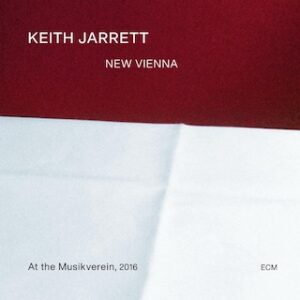
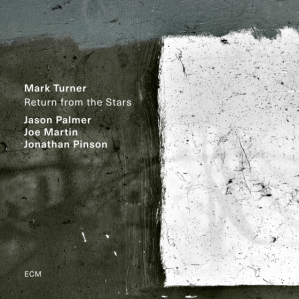
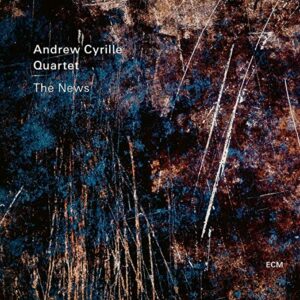
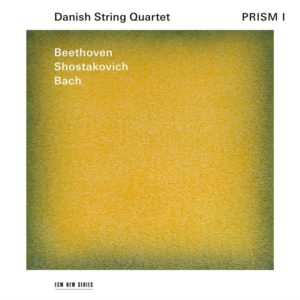
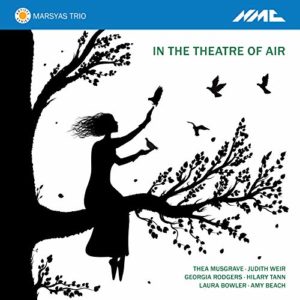
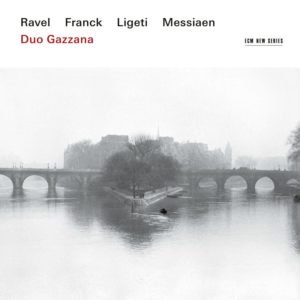
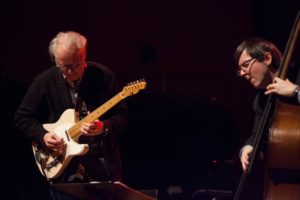




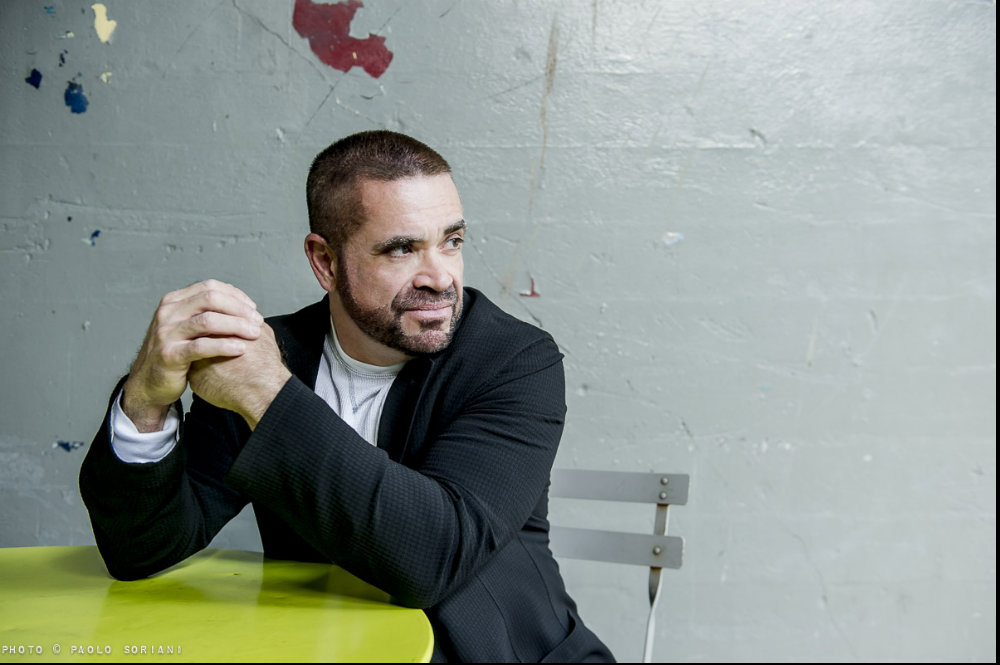
 Arvo Pärt: Symphony No. 4
Arvo Pärt: Symphony No. 4 Estonian composer Arvo Pärt turned 75 yesterday. His record label ECM Records is celebrating his three-quarters of a century with two new recordings.
Estonian composer Arvo Pärt turned 75 yesterday. His record label ECM Records is celebrating his three-quarters of a century with two new recordings.